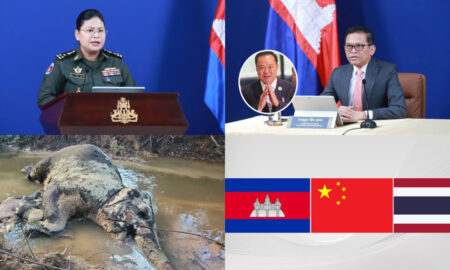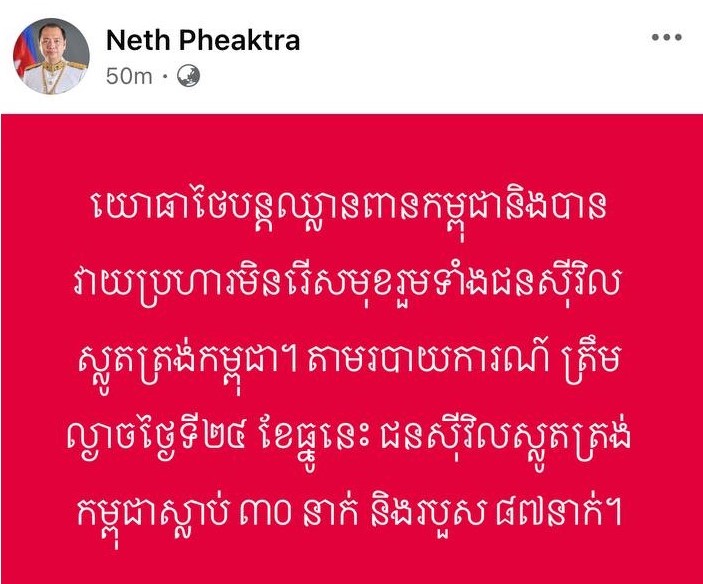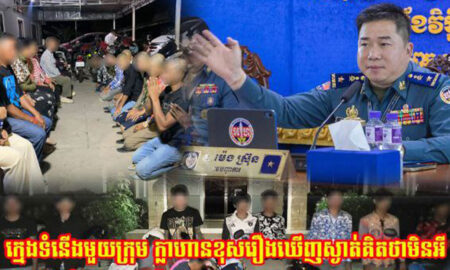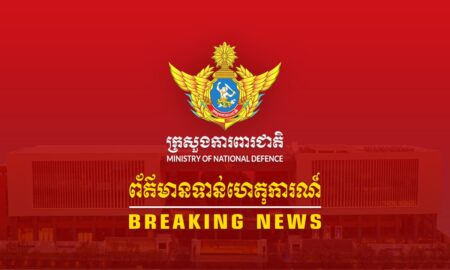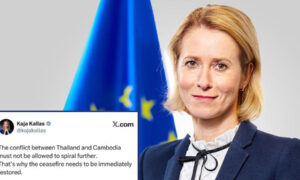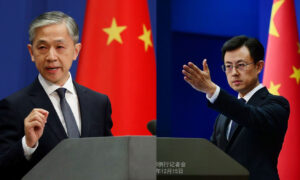October 26th, the Malaysian Business Chamber of Cambodia (MBCC) organised a forum on Wednesday in Sofitel Phnom Penh Phokeethra. The event was presided over by Chea Vandeth, Minister of Post and Telecommunications, and Datuk Eldeen Husaini Mohd Hashim, Malaysian Ambassador to Cambodia.
At the Forum, Oknha Tan Khee Meng, president of MBCC, said during his opening remarks that cybersecurity and cybercrimes are heated problems faced by countries, including Cambodia and Malaysia, which thus required extra attention from the governments, relevant entities and private sectors to create strong defence to protect data and information. Vandeth said that with the emergence of new technologies, such as Artificial Intelligence and Visual Reality, cybercrimes are becoming harder to combat than ever. Whereas Ambassador Eldeen Husaini called for more cooperation between Cambodia and Malaysia in combating cybercrimes.
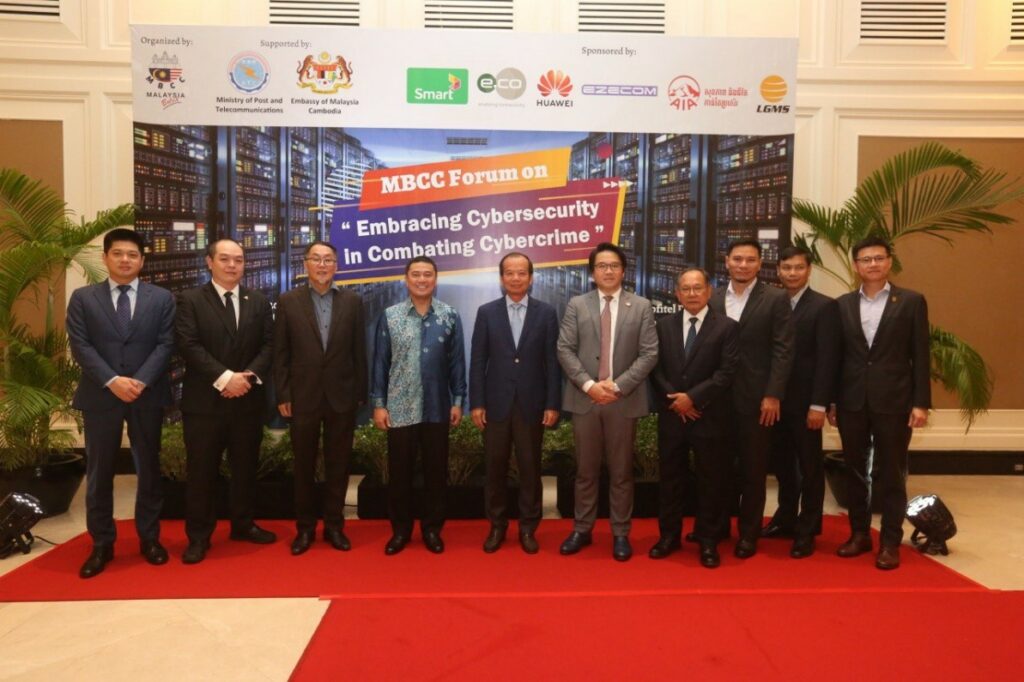
Mr. Sovann Yao, CEO of Huawei Cambodia also attended the event together with Mr. Leo Li, Director of Cyber Security from Huawei APAC Region.
Embracing Cybersecurity
Fifth generation mobile cellular technology, or 5G, will play a gigantic role in the digital economy, powering ultrarealistic virtual and augmented reality experiences, redefining business with automation, and connecting more people and things than ever before. Combine this with cloud, IoT, and AI, and it’s about time we update our security thinking to keep up.
We live in a world of cloud connectedness and often forget it’s not just people on the network, its sensors, cameras, heck even toothbrushes. And applications no longer run on a single server, instead data might flow across multiple data centers, several networks and very likely even across international borders.
Leo Li highlighted at the panel session that in a digital and intelligent world enabled by 5G, cloud, and AI, secure and reliable cyberspace is critical to the national economy and people’s livelihood.
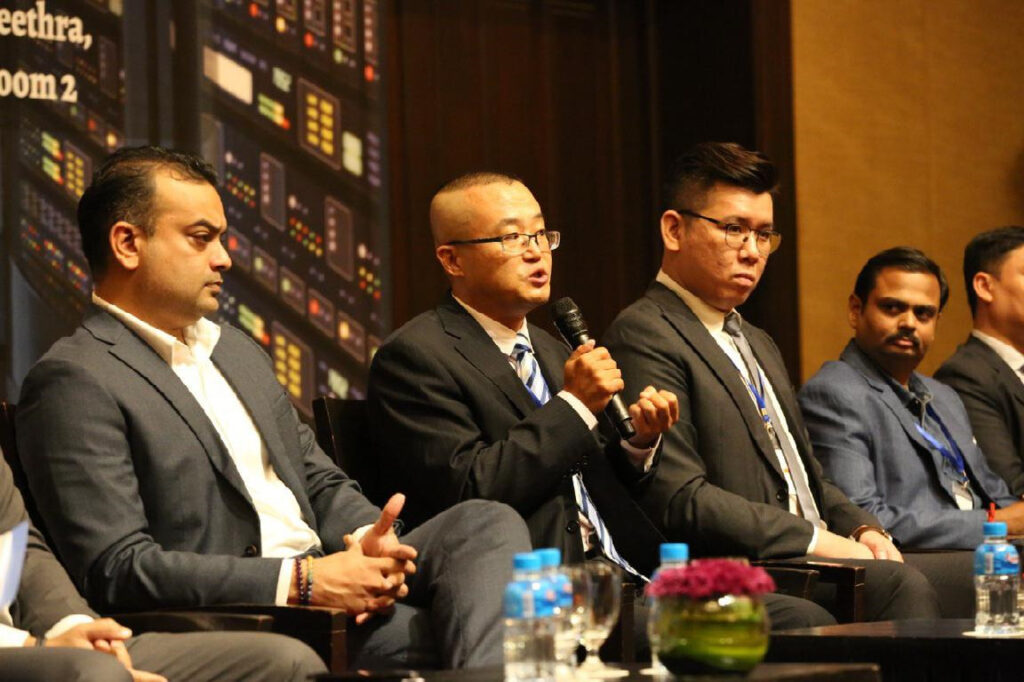
“I think that Cambodia urgently need to be in line with the international standards and certification systems, such as NESAS|SCAS by GSMA&3GPP, GSMA 5G Security Knowledge Base for E2E Security of Mobile Network, Cloud security standards, AKA CSA CCM by Cloud Security Alliance, Smart phone security and IoT security standards by ETSI etc.”
For decades, the 3GPP and GSMA have been the leading organizations that define and promote mobile standards and releases, rallying hundreds of vendors, thousands of operators, and ultimately billions of consumers behind them. Based on leading technologies, these organizations define the look and feel of networks of the future and ensure a level of interoperability, maintainability, and affordability that consumers need for mass adoption of digital services.
The 3GPP has over 700 members from the industry including vendors, operators, and policymakers and is the main standards body that defines mobile releases to meet the requirements of each mobile generation defined by the ITU-R. With over 1200-member companies including 750 mobile operators, the GSM Association is an industry organization that represents the interests of mobile network operators globally.
The unique long-term relationship between the 3GPP and the GSMA makes them ideally positioned to address security concerns and so jointly they have established the Network Equipment Security Assurance Scheme, with the intention to launch an ongoing security improvement program that is focused on mobile network infrastructure equipment.
Ultimately, NESAS introduces a security baseline for the mobile industry to improve vendor security, transparency and operator confidence. Operators and security agencies can then build on this common security foundation to define additional security requirements if they want. NESAS will help address new requirements and issues while minimizing fragmentation.
Recently the GSMA has increased the scope of their role by launching their comprehensive 5G Cybersecurity Knowledge Base to further help identify, map and mitigate potential risks. As a means to help 5G ecosystem players including vendors, service providers and regulators, the GSMA has conducted a thorough threat analysis with input from leading organizations including the 3GPP, ENISA and NIST.
The 5G Cybersecurity Knowledge Base provides guidance on a wide range of security risks and mitigation measures with the goal to improve trust in 5G networks and ultimately secure our digital world.
Leo Li believes that it is essential to have an objective and fair cyber security rules such as security policies, legislation, standards as well as certification systems to help the stakeholders in the ICT industry to carry out constructive cooperation and continue to drive competition and innovation.
“All stakeholders must build a shared vision, shared target, shared action and shared responsibility by continuously improving cyber security management maturity and efficiency by evolving cyber security standards and certification systems, and building a collaborative scheme with respect to security for new ICT technologies,
“Shared responsibility is the only path to successfully address new ICT technologies risks. We would like to strengthen the communication and cooperation of international standards and certification systems, strengthen the mechanism of public-private partnership (PPP) to improve the Cambodia cyber security management maturity and efficiency, and enjoy the shared digital value facilitated by the ICT technology.” Leo Li said.






